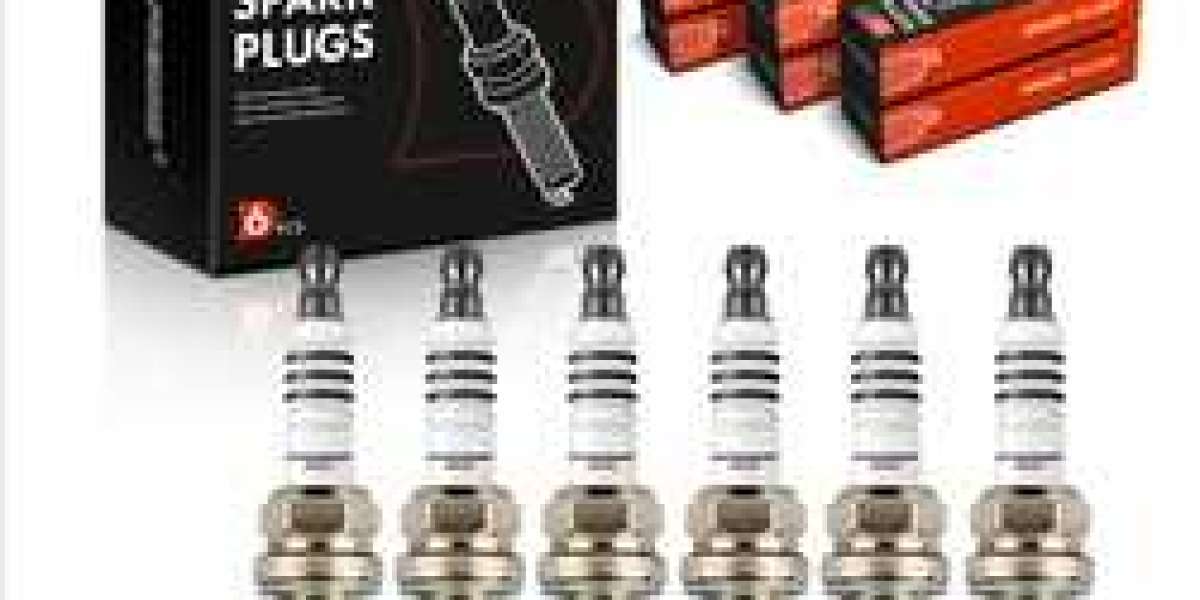When you turn on the air conditioning or heat in your car, you’re relying on the blower motor to push the air through the system at and into the cabin. The blower motor is a critical component of your car's heating, ventilation, and air conditioning (HVAC) system. It is responsible for circulating air, keeping you comfortable whether it's hot or cold outside. Understanding how the blower motor works and recognizing the signs of failure can help you maintain a comfortable driving experience and prevent costly repairs.
What is a Blower Motor?
The blower motor is an electric fan that moves air through the HVAC system of your vehicle. It is connected to the ventilation system and typically consists of a motor, a fan (or blower wheel), and a housing unit. The motor powers the fan, which blows air through various vents, cooling or heating the air as it passes through the system.
In modern vehicles, the blower motor is controlled electronically and is an essential part of both the heating and cooling systems. When you adjust the temperature settings or change the fan speed, you are controlling the blower motor’s performance. In addition to climate control, the blower motor also helps to defog or defrost the windshield, improving visibility during adverse weather conditions.
How Does the Blower Motor Work?
The blower motor functions through a relatively simple process:
Air Intake: The blower motor pulls in outside air through the vehicle’s air intake. This air can either be cooled by the air conditioning system or heated by the car’s heater core, depending on the settings you choose.
Circulation: Once the air is processed (heated or cooled), the blower motor turns on, pushing the air through the ducts and into the cabin of the vehicle. The fan speed can be adjusted, allowing you to control how much air flows into the car.
Defogging/Defrosting: The blower motor also plays an important role in ensuring clear visibility, particularly in winter. It helps circulate air to the windshield, either using warm air to defrost or dry air to prevent fog from forming.
Adjustments: By varying the speed of the blower motor, you can control the intensity of airflow, and consequently, how quickly your car reaches a comfortable temperature.
Signs of a Failing Blower Motor
Like any other part of a car, the blower motor can wear out over time. If you experience any of the following issues, it could be a sign that the blower motor is malfunctioning:
No Airflow: The most obvious symptom of a failing blower motor is when the air no longer flows through the vents. This could be due to a dead blower motor, a blown fuse, or a malfunctioning relay.
Intermittent Airflow: If the air comes and goes, this could indicate a faulty blower motor resistor, which regulates the motor’s speed. In this case, the blower motor may work sporadically or on only certain settings.
Unusual Noises: If you hear strange noises, such as grinding, squealing, or rattling, it could indicate that the blower motor's fan blades are obstructed or that the motor itself is damaged. It’s also possible that the fan is rubbing against debris or that the motor's bearings are failing.
Weak Airflow: If the airflow is weak even when the fan is set to high, the blower motor may be malfunctioning or clogged. This could be due to worn-out parts, a buildup of dirt, or a broken fan blade.
Uneven Air Distribution: In some cases, a malfunctioning blower motor might cause the air to come out unevenly. For example, the air might only blow through certain vents, or it could only work on one side of the vehicle.
Replacing the Blower Motor
If your blower motor has stopped working or is showing signs of failure, replacing it is often the best solution. Here are the basic steps involved in replacing a blower motor:
Locate the Blower Motor: The blower motor is usually located behind the glove compartment or under the dashboard, near the HVAC unit. Depending on the make and model of your car, the location may vary.
Remove the Paneling or Components: To access the motor, you may need to remove some panels or other components, such as the glove box or air ducts. Be sure to follow your vehicle’s manual for guidance.
Disconnect the Wiring: Once the motor is exposed, disconnect the electrical wiring connected to it. This includes the power supply, which may be secured with a plug or screws.
Remove the Old Motor: Unscrew any fasteners holding the blower motor in place. Once the motor is free, carefully remove it from its housing.
Install the New Motor: Place the new blower motor into the housing and secure it with screws. Reconnect the electrical wiring, ensuring that all connections are properly made.
Test the System: Before reassembling everything, test the new blower motor by turning on the HVAC system to ensure it’s functioning properly. Check all fan speeds and air distribution to ensure everything is working smoothly.
Reassemble the Dashboard: Once the motor is installed and functioning properly, reassemble the dashboard, panels, or any other parts that were removed during the process.
Maintaining the Blower Motor
To extend the lifespan of your blower motor and keep the HVAC system running efficiently, regular maintenance is necessary:
Check the Air Filters: Dirty or clogged air filters can put additional strain on the blower motor, leading to reduced airflow. Regularly change or clean the cabin air filters to maintain proper airflow.
Keep Vents Clear: Make sure that the air vents and ducts are free from debris or obstructions. Blocked vents can prevent proper airflow and damage the blower motor.
Regular HVAC System Inspection: Have your vehicle’s HVAC system inspected regularly to identify any issues before they become more serious. Addressing small problems early can save you money on costly repairs down the road.
Conclusion
The blower motor is an essential part of your vehicle’s HVAC system, providing airflow for heating, cooling, and defrosting. If your blower motor is malfunctioning, it can lead to uncomfortable driving conditions, but fortunately, most blower motor issues can be repaired or replaced with a little effort. By recognizing the signs of a failing blower motor early and maintaining your HVAC system, you can keep your car comfortable year-round, no matter the weather outside.














